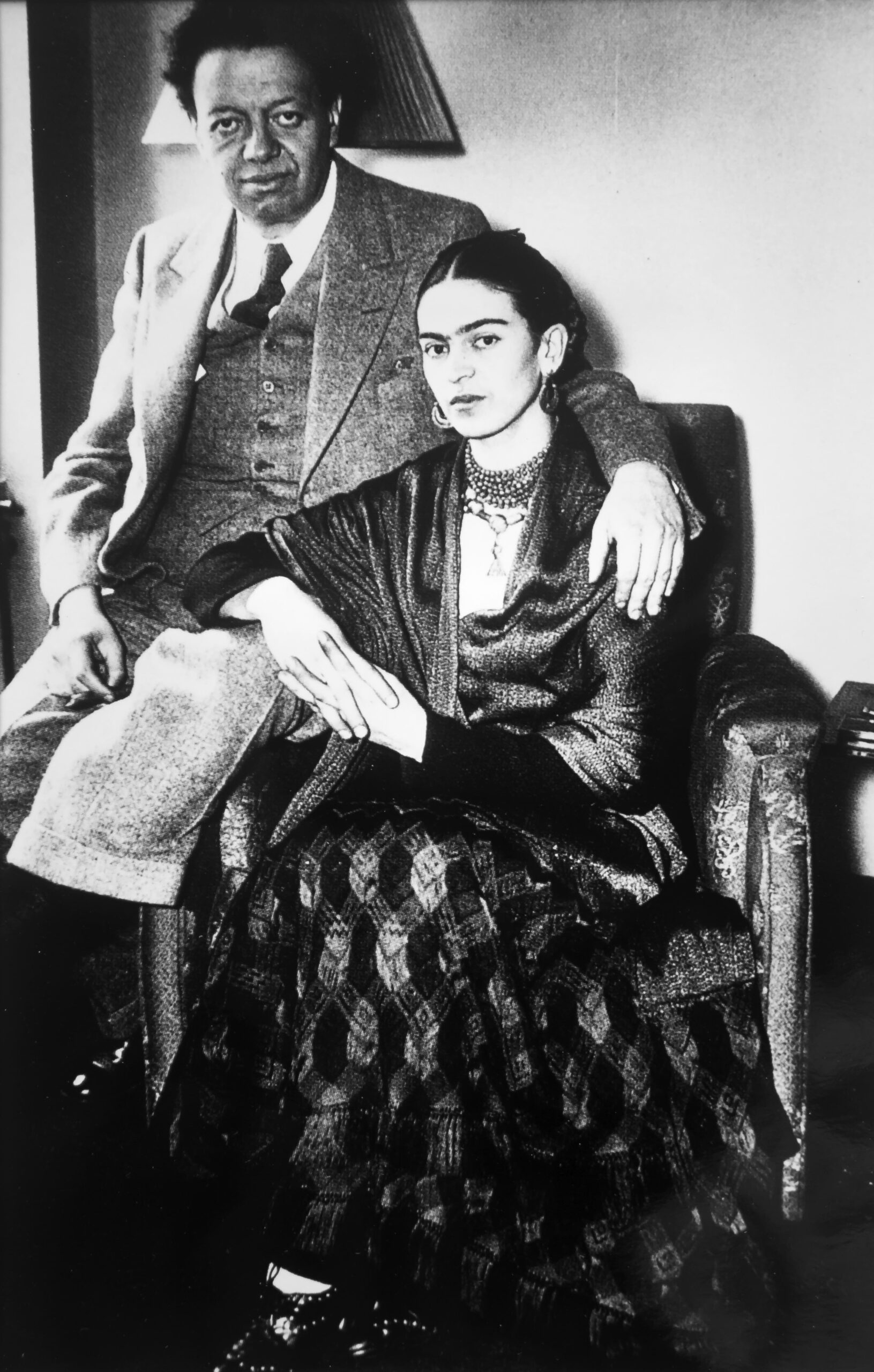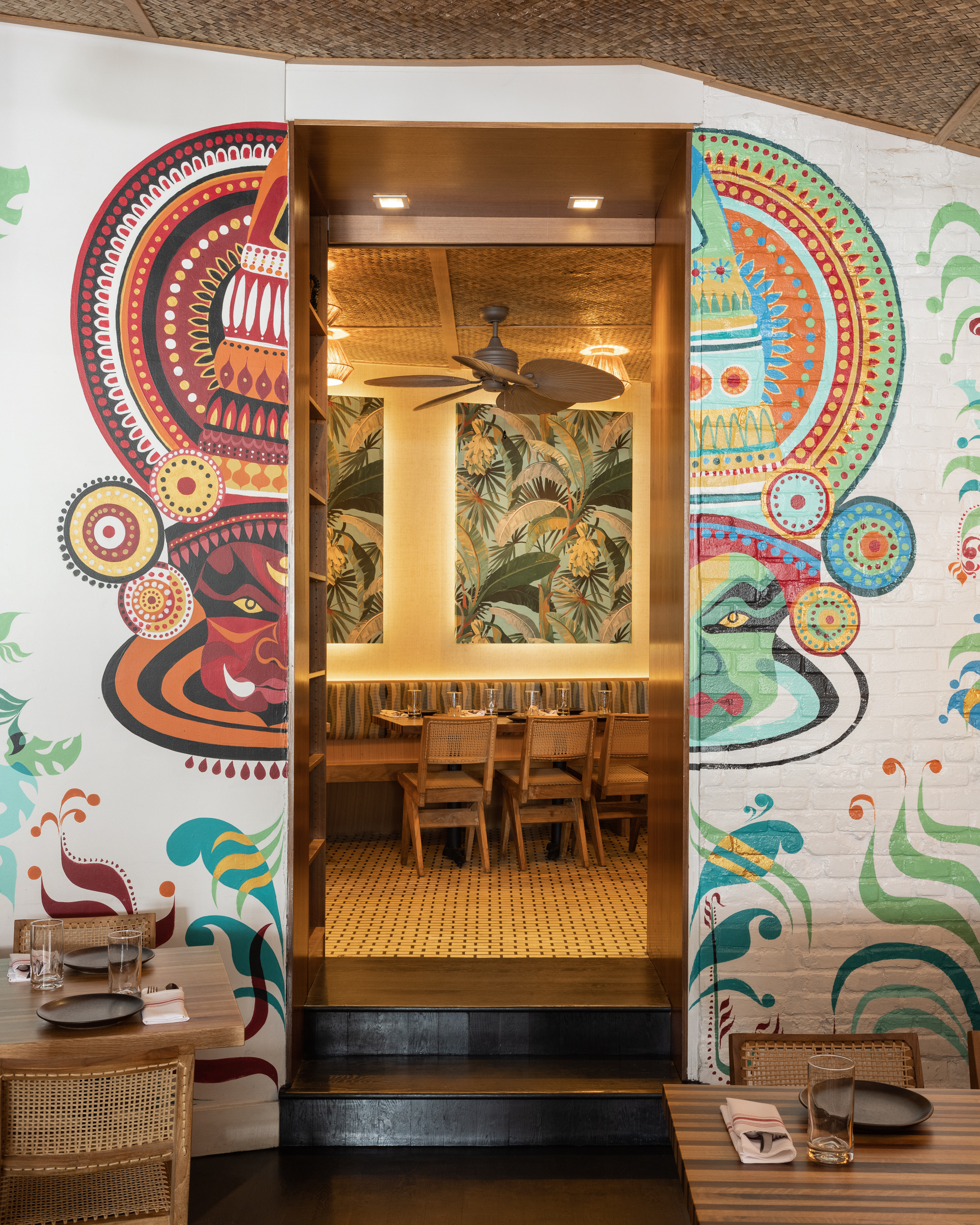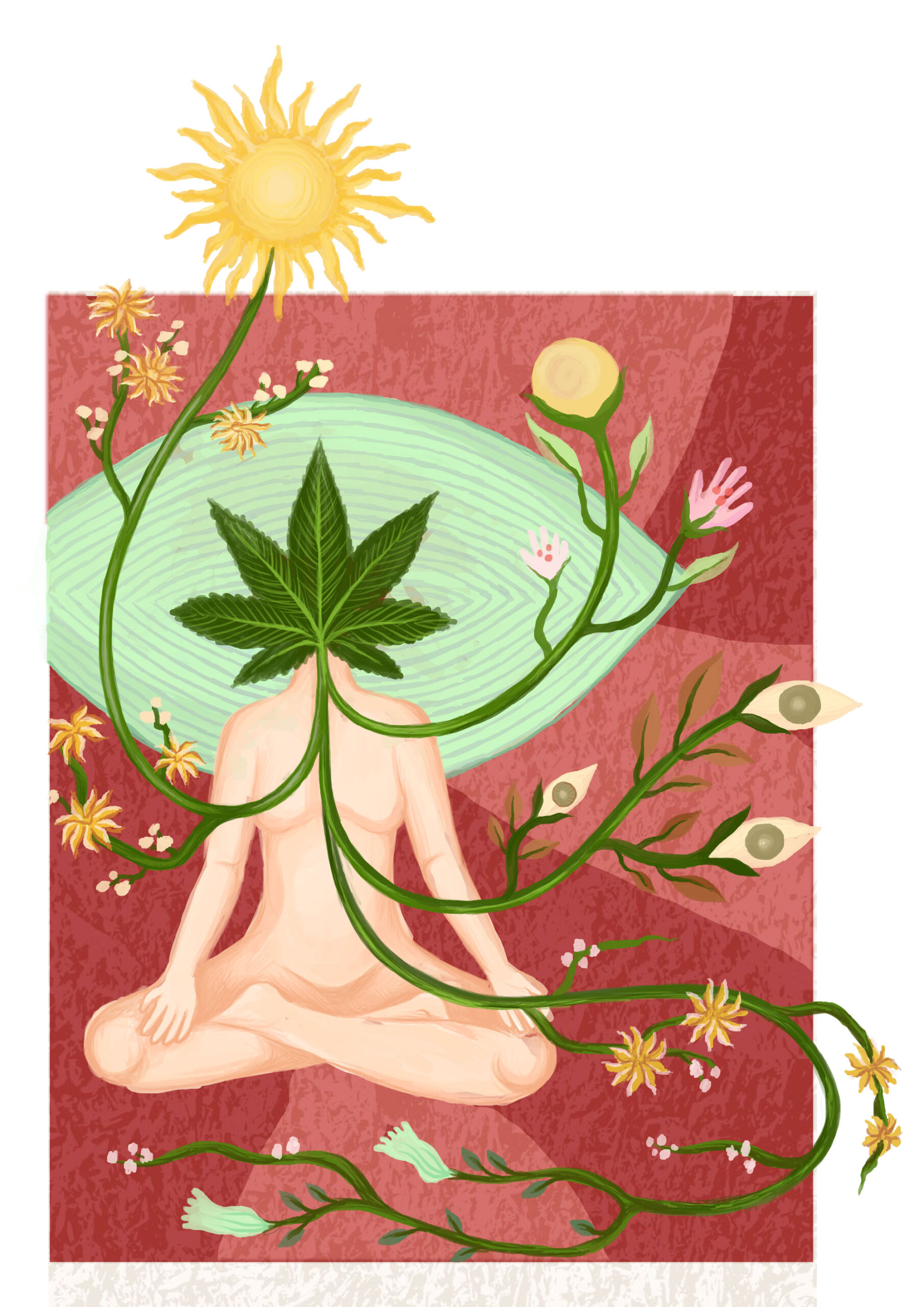Kazuko Shiihashi is a Japanese artist whose work resonates deeply with beauty and often depicts Japanese nature and the artist’s heritage in a tranquil denotation. Shiihashi’s artistic journey began with designing kimonos, where she explored traditional Japanese dying techniques like Yuzen. This exploration led her to discover natural pigments and materials integral to traditional Japanese painting, marking a natural progression from decorative to fine art. The history of Japanese literature reveals an animistic perspective on nature, wherein nature is not governed by a transcendental entity imposing a vertical order, but rather, humans are seen as integral parts of nature. This is something Shiihashi, as an artist, expresses through her paintings.
Based in Tokyo, Shiihashi has showcased her work in numerous solo exhibitions worldwide. Her art embodies modern Japanese art, combining composition, subject matter, production techniques, and a profound sensitivity to Japanese art history. Each piece reflects a deep reverence for nature and a masterful execution that speaks to the timeless beauty of Japanese artistry. Ahead of her Mumbai show Crimson Lunar Tide at Snowball Studios, where she is showcasing her collection The Light of the Luminous Moon, Kazuko took some time to sit and discuss her art with me.
EA: Your transition from working on Kimono designs to fine art has been quite natural. Can you tell us more about this evolution in your artistic journey?
KS: Designing a kimono is a meticulous process that begins with creating intricate designs on paper using mineral pigments. These initial drawings are not just blueprints; they are works of art with an ethereal beauty. Designing a kimono is immersive, stirring my soul and sparking my creativity. The delicate artistry of these paper designs inspires a sense of freedom, encouraging me to paint without constraints. Translating these intricate designs onto fabric requires meticulous attention to detail, honouring the tradition of kimono-making. Each brushstroke must be deliberate, reflecting a deep respect for craftsmanship and the cultural significance of these garments. Seeing these drawings stirred something deep within me, igniting my desire to explore new means of expression. The intricate designs, with their delicate lines and vibrant colours, beckoned me to break free from the confines of convention and tradition.
EA: Your works are known for their deeply textural quality and the use of natural mineral pigments. How do these elements and the nature around them contribute to the overall aesthetic and meaning of your paintings?
KS: Mineral pigments are not mere colours; they are gateways to the very soul of the natural world. Each pigment carries a vibrancy that echoes the earth’s heartbeat, resonating with its timeless rhythms. When I immerse myself in a Japanese landscape, I don’t just see a picturesque scene; I witness a kaleidoscope of colours dancing in harmony. My passion for nature is a deep well that never runs dry, constantly feeding my creative spirit. This profound connection with the world around me drives me to capture its essence on canvas. Walking is not just a physical activity for me; it is a spiritual journey. With every step, I feel a profound unity with the earth beneath my feet, as if we are two parts of the same whole. This intimate connection with nature influences every aspect of my art, from the colours I choose to the emotions I seek to evoke. In my paintings, I strive to translate these profound feelings into a visual language that speaks to the heart and soul of the viewer.
EA: You have exhibited internationally and your work is considered a perfect embodiment of Japanese modern art. How do you navigate the balance between tradition and innovation in your art?
KS: In the past, the distinction between traditional and innovative art was clear. Traditional art adhered to established styles and techniques, while innovative art pushed boundaries and experimented with new forms. However, in today’s art world, I believe these distinctions have blurred. Modern art often combines elements of tradition and innovation, creating a rich tapestry of styles and ideas. When I approach my art, I start by selecting the background colour or a combination of colours. This background serves as the foundation for my work and is often composed of several layers of paint, each adding depth and complexity to the final piece. Once the background is complete, I begin to consider the shapes and types of flowers or trees I want to include, as well as their placement within the composition. This process allows me to blend tradition and innovation, drawing on established techniques while also exploring new possibilities.
EA: How do you see the fluid distinction between ‘artists’ and ‘craftsmen’ in Japan influencing the contemporary art scene in the country?
KS: In the past, the roles of artists and craftsmen were often intertwined, with individuals possessing both creative vision and technical skills. However, in Japan, I perceive a distinction where artists are akin to designers, focusing on conceptualisation and aesthetics, while craftsmen are akin to precision builders, emphasising meticulous workmanship and technical excellence. Artists in Japan often draw inspiration from traditional Japanese art forms, such as ukiyo-e or tea ceremony, to create visually striking and culturally resonant pieces. Their focus is on creating works that are not only visually appealing but also imbued with meaning and symbolism. On the other hand, craftsmen in Japan are revered for their exceptional skill in areas like woodworking, ceramics, or textile arts. Craftsmen undergo years of rigorous training to perfect their techniques, and their work is characterised by precision, durability, and beauty. While there is some overlap between these roles, being a skilled artist or craftsman necessitates years of specialised training in their respective disciplines.
Kazuko Shiihashi’s transition from designing kimonos to painting landscapes, with her new collection emphasising the beauty of the moon, highlights her evolution as an artist. This shift also aligns with the deep cultural significance of the moon in Japanese culture. In Japanese aesthetics, the moon holds a special place, symbolising beauty, serenity, and the passage of time. This motif is often seen in traditional Japanese art, literature, and poetry. Haruki Murakami, a prominent Japanese author known for his surrealist works, often incorporates the moon in his prose, using it as a symbol of introspection and contemplation. Shiihashi’s focus on the moon in her paintings could be seen as a nod to this cultural symbolism, inviting viewers to reflect on their own lives and find moments of tranquillity and beauty in the world around them.
Words by Esha Aphale.
Image courtesy Kazuko Shiihashi.
Featured image Untitled by Kazuko Shiihashi.








